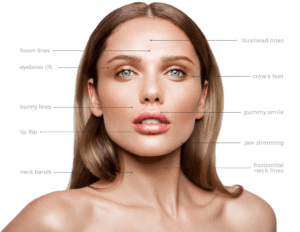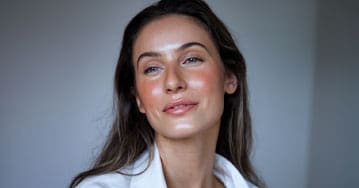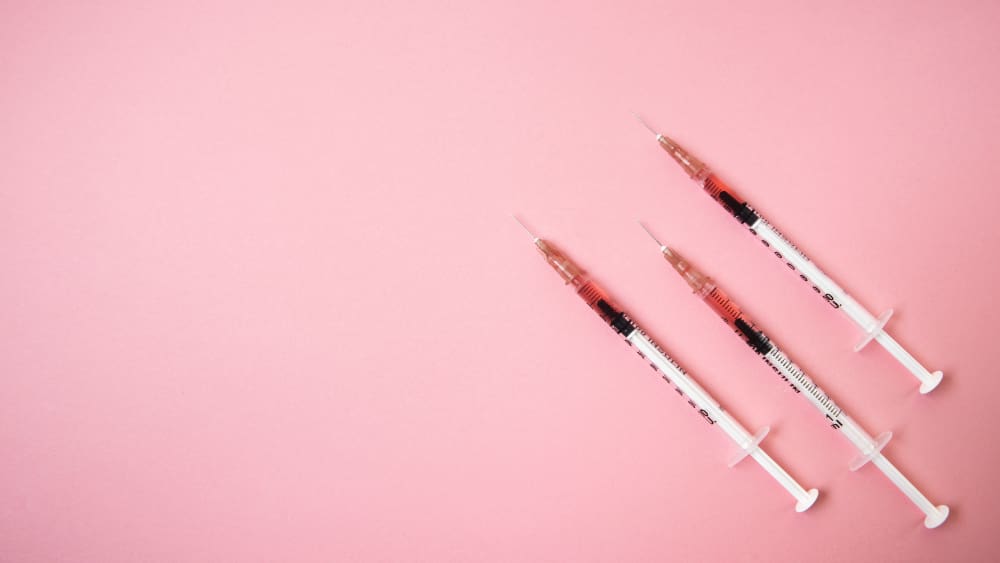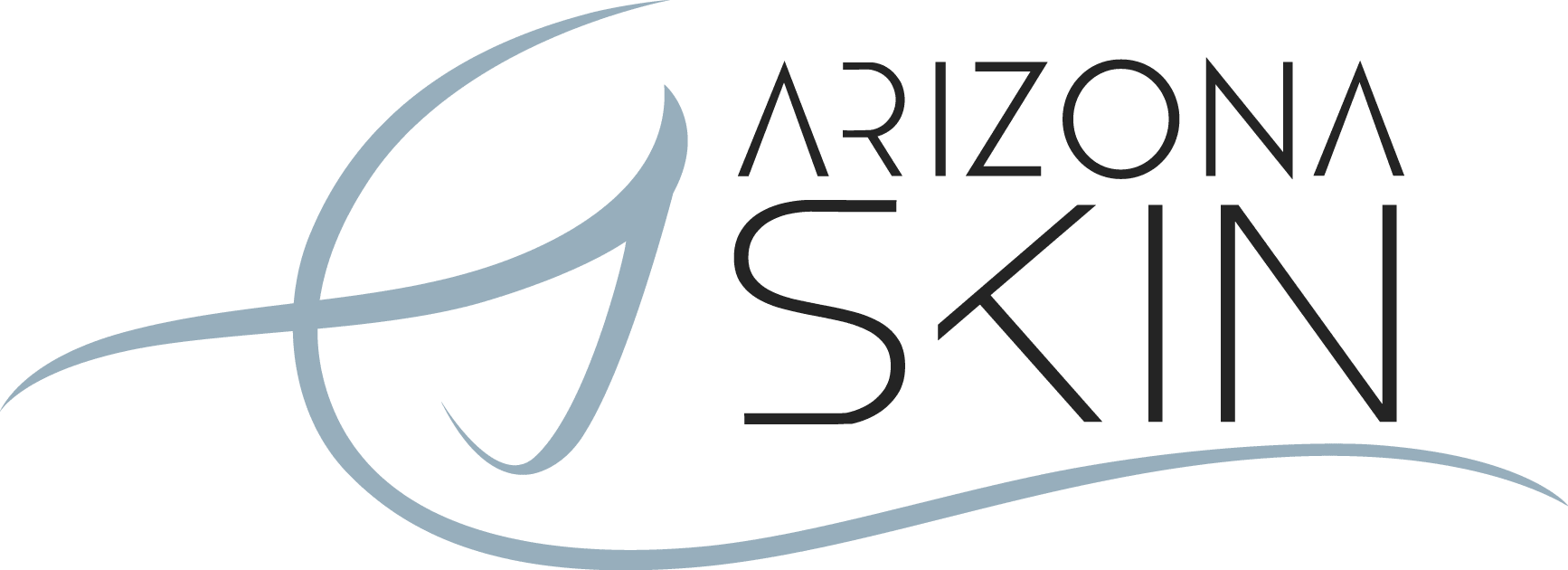 When you hear the word Botox, you probably picture someone smoothing out fine lines and wrinkles that have already formed. Traditionally, Botox has been thought of as a way to turn back the clock — a solution for visible signs of aging. However, there’s a growing trend among twenty-somethings who are using Botox before wrinkles become deeply etched into the skin. This approach, known as preventative Botox, aims to slow the development of lines by relaxing the muscles responsible for repeated facial movements like frowning, squinting, and raising the eyebrows.
When you hear the word Botox, you probably picture someone smoothing out fine lines and wrinkles that have already formed. Traditionally, Botox has been thought of as a way to turn back the clock — a solution for visible signs of aging. However, there’s a growing trend among twenty-somethings who are using Botox before wrinkles become deeply etched into the skin. This approach, known as preventative Botox, aims to slow the development of lines by relaxing the muscles responsible for repeated facial movements like frowning, squinting, and raising the eyebrows.
But is starting Botox this early a smart investment in your future skin health, or is it an unnecessary step taken too soon? In this post, we’ll break down the pros and cons of preventative Botox so you can make an informed, confident decision.
What Is Preventative Botox?
Preventative Botox involves using small amounts of botulinum toxin injections to relax facial muscles early on — before deep lines and wrinkles develop. By calming repetitive movements like frowning, squinting, or eyebrow-raising, Botox can help prevent expression lines from becoming etched into the skin over time.
Most candidates for preventative Botox are in their mid-to-late 20s or early 30s and are starting to notice faint dynamic lines (wrinkles that appear with facial movement but disappear at rest).
The Pros of Preventative Botox:
- Delays the Formation of Wrinkles – The biggest advantage is the ability to slow down the aging process. Because Botox relaxes targeted muscles, it minimizes the repetitive motions that eventually cause permanent creases, like forehead lines, crow’s feet, and the “11s” between your brows. By acting early, you may delay the need for more aggressive treatments down the road.
- You’ll Likely Need Less Botox Over Time – Starting Botox before deep lines form often means you’ll need smaller doses and less frequent touch-ups over the years. Preventative Botox works with your natural anatomy, rather than trying to reverse damage that has already set in.
- Subtle, Natural-Looking Results – When administered by an experienced provider, preventative Botox creates a soft, refreshed appearance — not the “frozen” look many people fear. Early intervention can maintain a youthful, natural expression rather than dramatically altering your appearance later.
- Boosts Confidence – For many young adults, maintaining smooth, vibrant skin contributes to greater self-confidence, both personally and professionally. Preventative Botox can be part of a broader approach to feeling and looking your best during important years of building careers and relationships.
The Cons of Preventative Botox:
- It’s a Long-Term Commitment – Botox isn’t permanent — results typically last three to four months. Starting Botox in your twenties can mean decades of regular maintenance appointments if you want to keep your results consistent. This can become time-consuming and potentially financially demanding over the years.
- Costs Add Up – While preventative doses are often smaller and may seem more affordable upfront, the cumulative cost over years or even decades can add up significantly. It’s important to factor long-term financial commitment into your decision when considering early Botox treatments.
- Potential for Over-Treatment – Inexperienced injectors or overly aggressive treatment plans could lead to unnecessary muscle weakening at a young age. Overdoing Botox early on might create unnatural movement or dependency on injections for normal facial expressions. Choosing a skilled, conservative injector is absolutely crucial.
- Not Everyone Needs It – Not all 20-somethings need preventative Botox. Genetics, sun exposure, skincare habits, and facial anatomy all play major roles in wrinkle development. Some people naturally have minimal muscle movement and might not benefit much from starting injections early. A consultation with a qualified dermatologist or injector can help determine if you’re truly a good candidate.
Who Should Consider Preventative Botox?
 Preventative Botox tends to be a good fit for individuals who are already showing early signs that wrinkles may develop more deeply over time. If you have a genetic tendency toward pronounced expression lines — for example, if your parents or older siblings have deep forehead wrinkles or frown lines — you might be more prone to similar concerns. It’s also something to consider if you notice dynamic wrinkles — those faint lines that appear with movement and don’t immediately smooth out afterward.
Preventative Botox tends to be a good fit for individuals who are already showing early signs that wrinkles may develop more deeply over time. If you have a genetic tendency toward pronounced expression lines — for example, if your parents or older siblings have deep forehead wrinkles or frown lines — you might be more prone to similar concerns. It’s also something to consider if you notice dynamic wrinkles — those faint lines that appear with movement and don’t immediately smooth out afterward.
Additionally, people who have strong facial habits like frequent squinting, eyebrow raising, or frowning can benefit, since these repetitive motions often contribute to early wrinkle formation. However, Botox isn’t a substitute for taking care of your skin overall. Those committed to daily sun protection, a strong skincare routine, and healthy lifestyle habits will see the best, most natural-looking benefits from preventative treatments.
Preventative Botox in your 20s can be a smart strategy to preserve youthful skin and delay the signs of aging. It offers natural-looking results, smaller doses, and the potential to prevent deeper lines before they settle in.
However, it’s important to weigh the long-term commitment, costs, and whether your skin truly needs early intervention. Preventative Botox isn’t a one-size-fits-all solution — a personalized approach with an experienced provider makes all the difference.
If you’re curious whether preventative Botox is right for you, schedule a consultation with our team at AZ Skin — we’ll guide you through a customized treatment plan designed to help you age gracefully and confidently at every stage.

Skin Purging vs Breakouts: How to Tell the Difference
If you’ve ever started a new skincare product only to find your skin looking worse before it looks better, you’re not alone. It’s a frustrating experience that often leads to confusion: Is my skin...

The Impact of Hormonal Changes On Skin
Hormones play a crucial role in regulating many bodily functions, and one of the most visible ways they affect us is through our skin. Throughout different life stages—puberty, pregnancy, menopause,...

The Connection Between Diet and Skin Health
The old saying, "You are what you eat," holds a lot of truth when it comes to skin health. Your diet provides the essential nutrients your skin needs to stay resilient, clear, and youthful. What you...

Exploring The Benefits of B12 Injections
In today’s fast-paced world, maintaining optimal health and energy levels is essential for leading a fulfilling and productive life. While proper nutrition and lifestyle habits play significant...

10+ Rare Dermatologic Disorders: From Blue to Self-Peeling Skin
While common skin conditions like acne, eczema, and psoriasis are widely discussed, rare skin diseases like argyria and peeling skin syndrome remain a mystery to most people. Perhaps even you tilted...

Exploring Botox and Dysport in 2024
In the quest for youthful, rejuvenated skin, cosmetic treatments have become increasingly popular. Among these, Botox and Dysport stand out as effective solutions for reducing wrinkles and achieving...

Skin Cancer Prevention for Outdoor Workers in Sunny Arizona
Working outdoors in Arizona requires keeping your skin healthy and protected from the harsh, unforgiving sun. With year-round warm weather and over 300 days of sunshine, cumulative sun exposure and...

